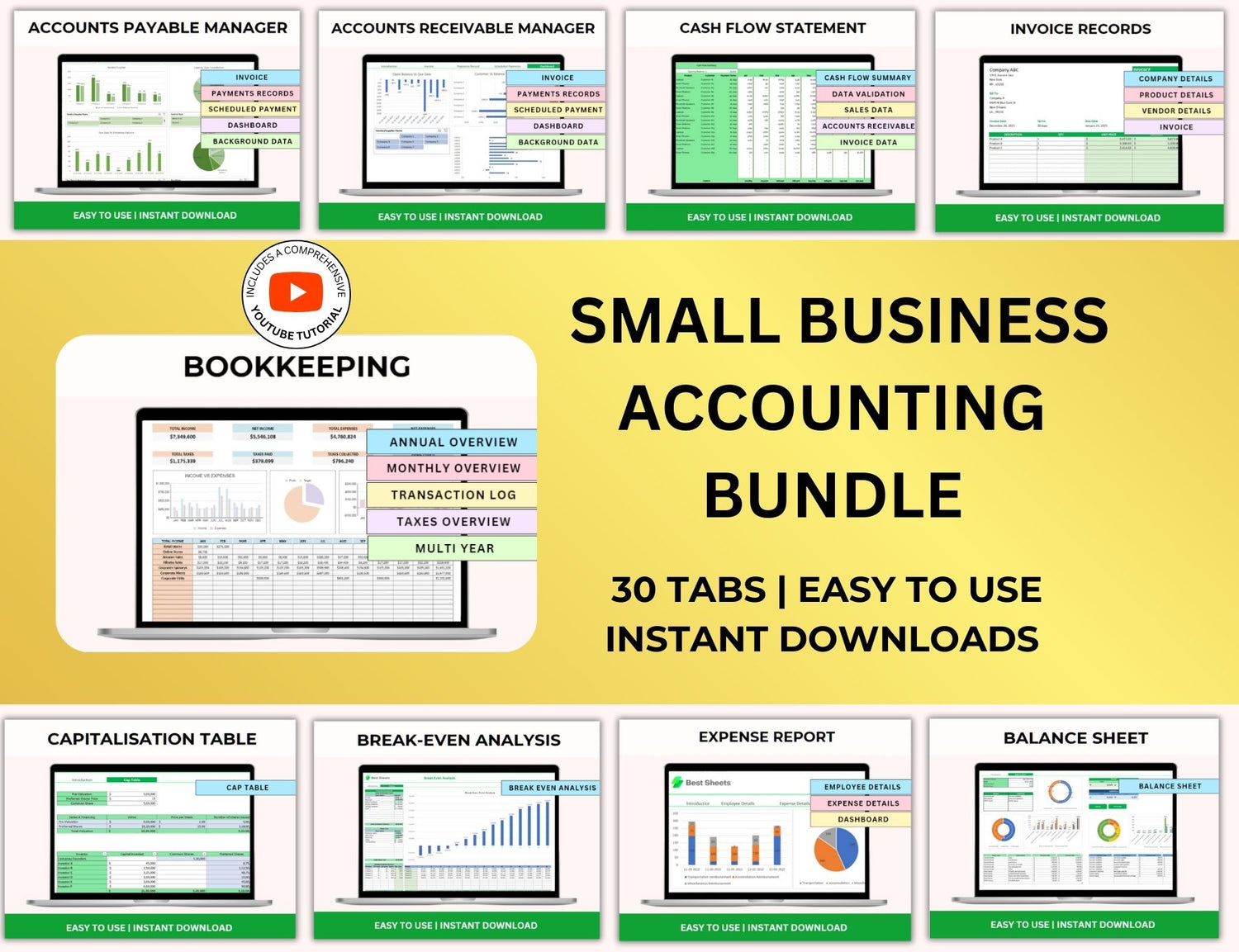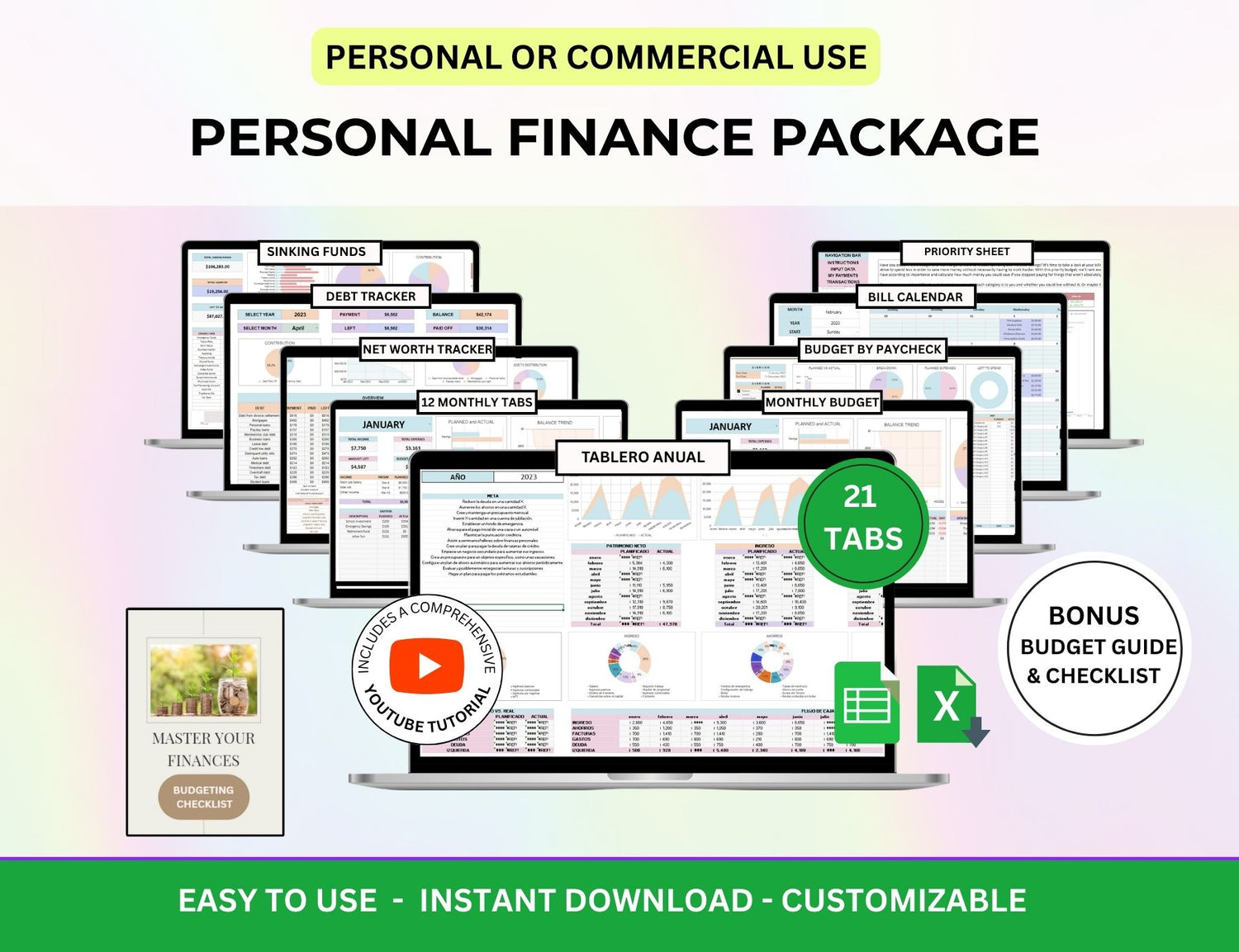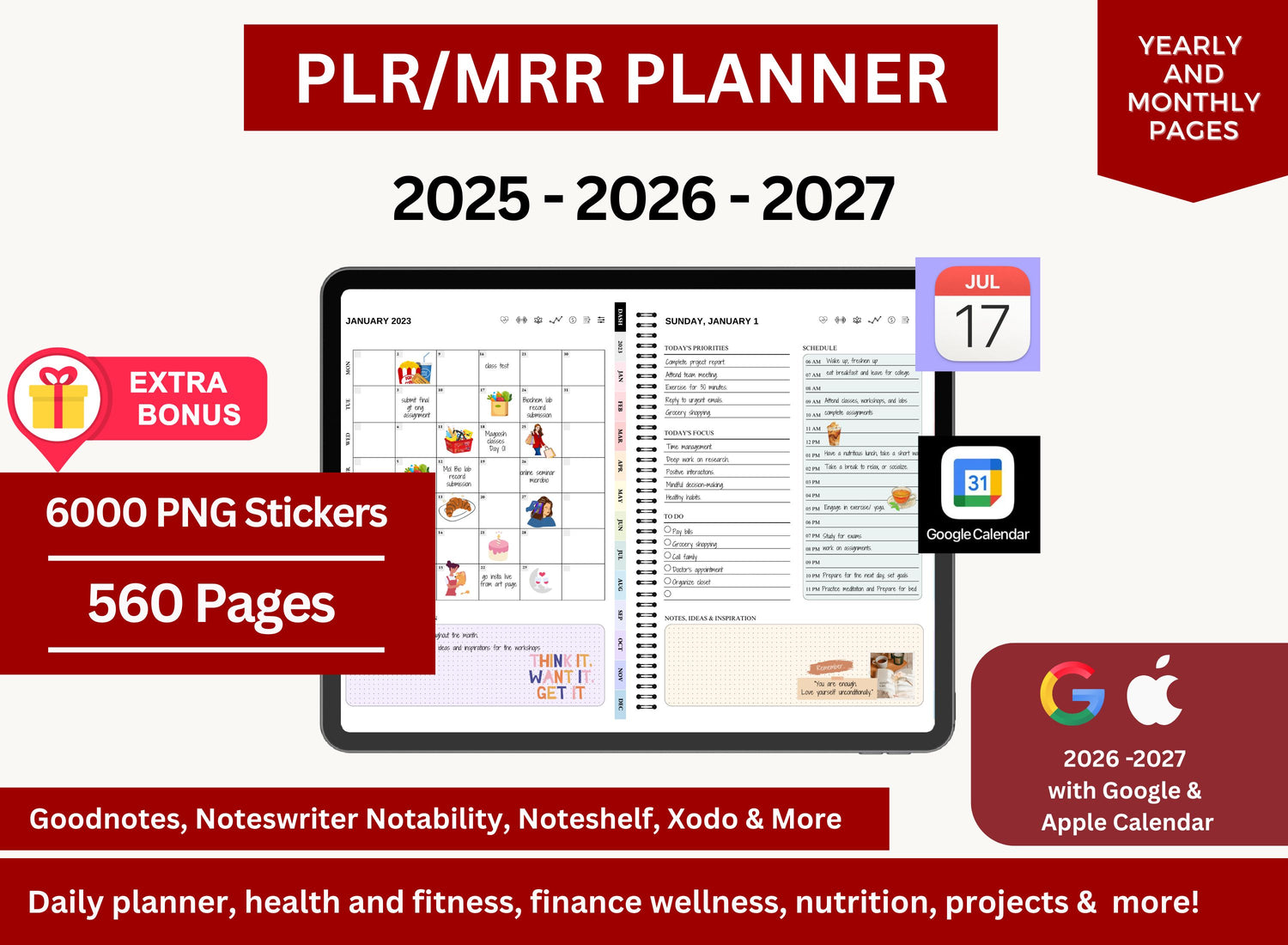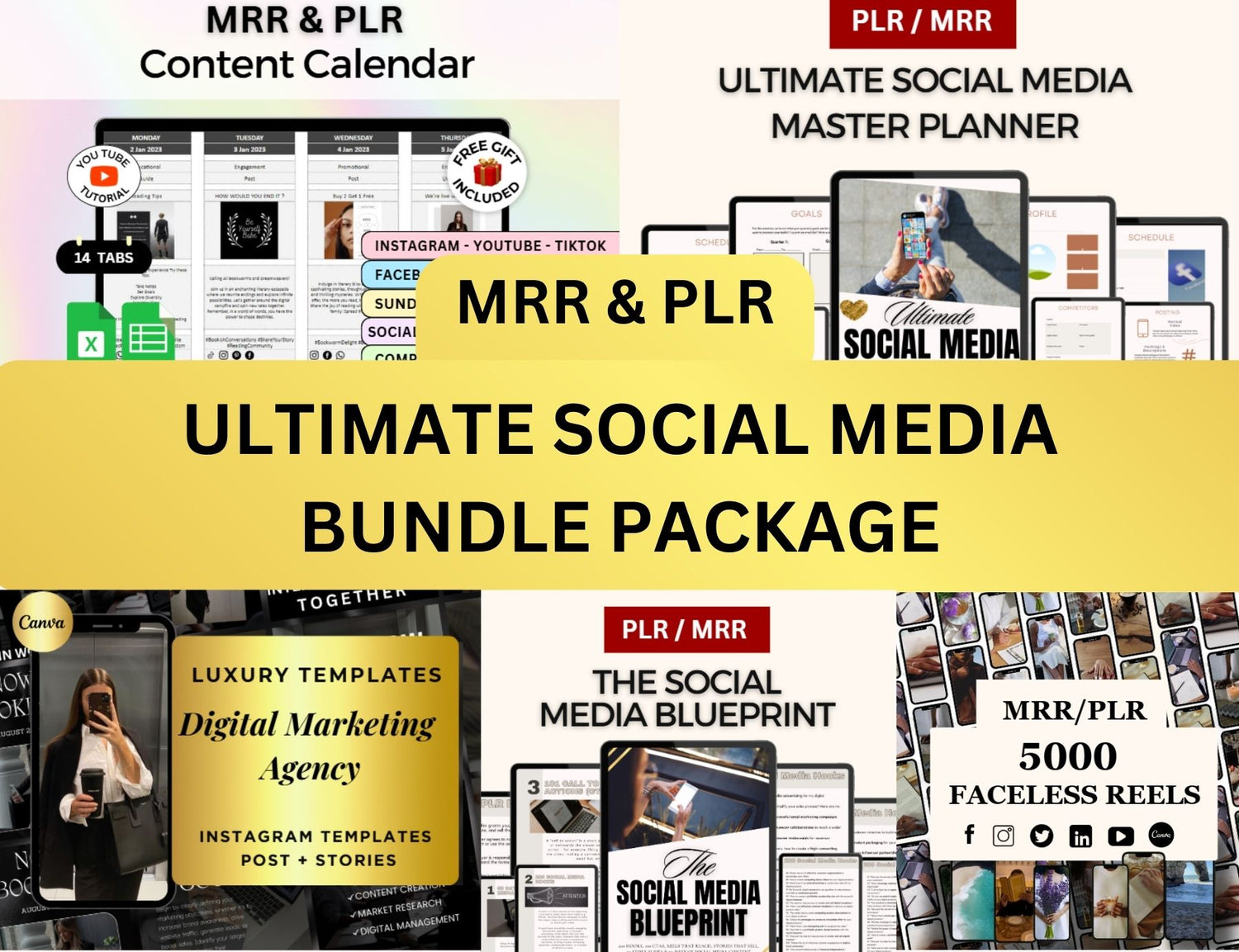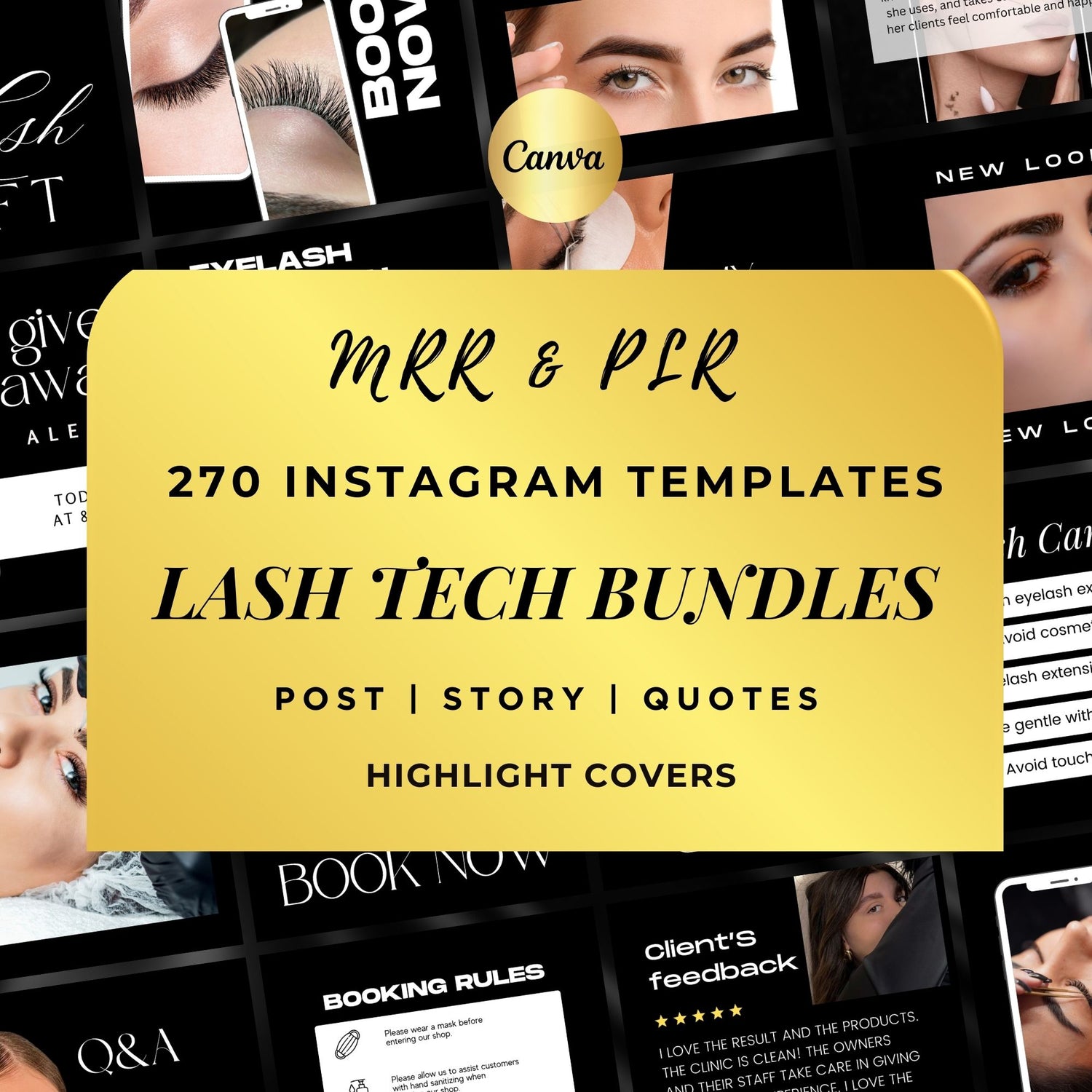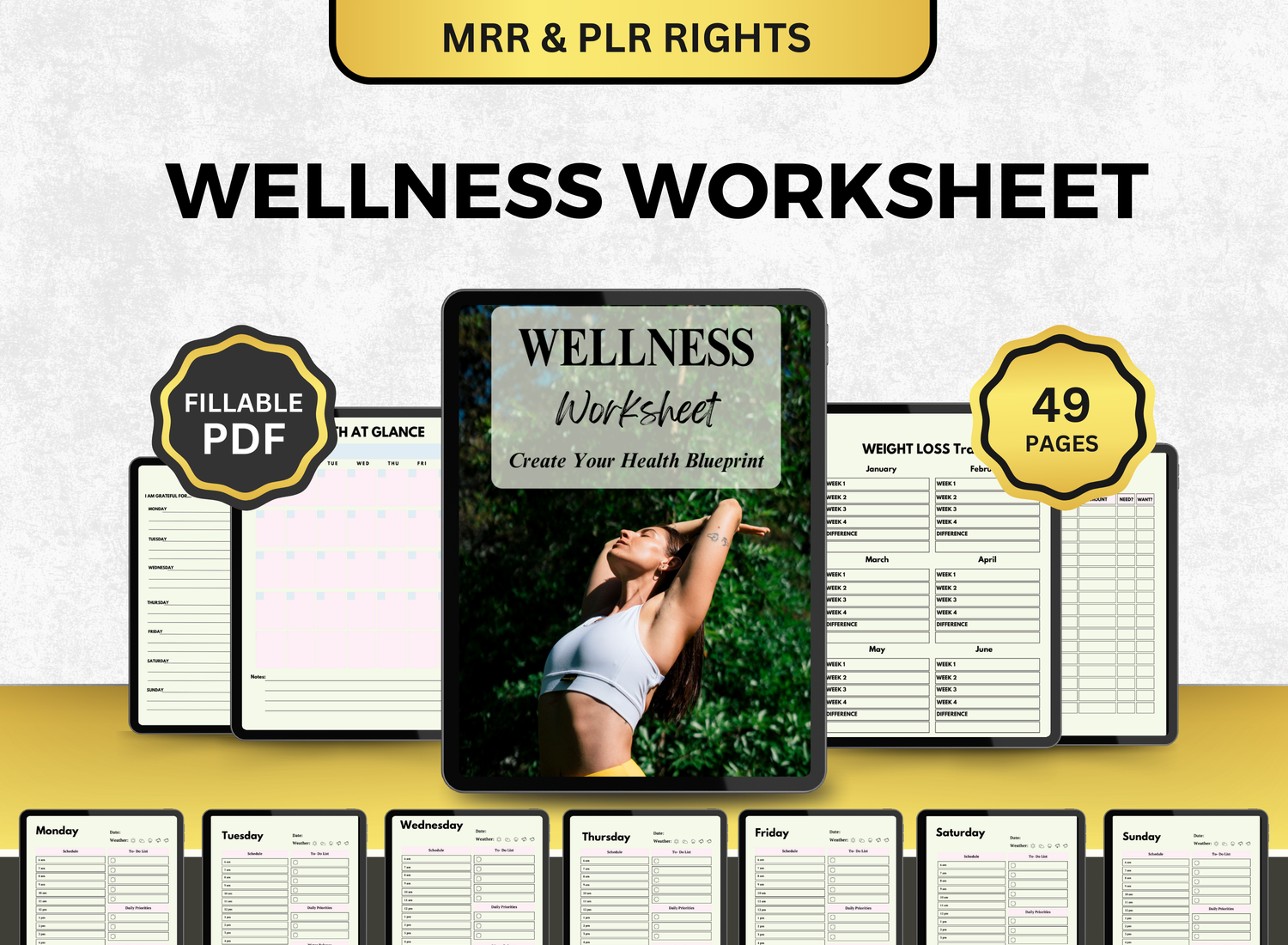The Beginner’s Guide to Making Money With Master Resell Rights (MRR) Products
You’ve probably seen the term floating around—maybe on YouTube, maybe in a tweet thread or two. Master resell rights. Three words that sound vaguely business-y, but also kind of confusing. Like something you'd need a law degree to understand.
But here's the strange part: it’s actually much simpler than it sounds. And more people are quietly making money with it than you might expect.
Let’s break it down—casually, realistically—and talk about how a regular person (read: not a marketing genius) can start making money online with MRR products. Even if you’re on a tight budget. Even if you’re skeptical.
TL;DR
What It Is |
Why It’s a Game-Changer |
|---|---|
| MRR lets you buy digital products and resell them as your own—over and over. | You keep 100% of the profit without creating anything. Instant biz-in-a-box. |
| Easy to start, even if you're new. | No tech skills needed—just repackage, upload, and promote. Boom, you're in business. |
So, What Are Master Resell Rights?
At its core, a product with master resell rights (MRR) is a digital item—think ebooks, templates, guides, spreadsheets, or video courses—that you can legally sell to others.
But here’s the twist: with MRR, not only can you sell the product, but you can also sell the resell rights to other people. So your customer could turn around and become a seller, too.
It’s a bit meta. You’re selling the ability to sell. Like opening a digital vending machine and then giving others the keys to open their own.
And no, this isn’t some shady pyramid scheme. It’s a real business model, provided the product you’re reselling was legally created and you’ve purchased it with proper rights. Many creators design digital products specifically to be redistributed under MRR.
(Example of a product with MRR; 2025 ultimate family organizer bundle.)
Why It’s Gaining Popularity
People are tired. Not just from their 9-to-5s, but from the endless loop of trying side hustle after side hustle that doesn’t go anywhere.
Selling physical products? Too much shipping. Freelancing? Time-consuming. Print on demand? Still competitive and design-heavy.
But digital products—that’s different. There’s no inventory. No packaging. No worrying about supply chains.
And with MRR, you aren’t even making the design or item. That part’s already done. You’re just selling.
If you’re trying to make money online in a manageable, scalable way—this might actually be worth exploring. Not a guaranteed win, but worth a serious look.
(Sample of the task tracker and to-do list spreadsheet in the product bundle.)
The Passive Income Angle (Mostly True)
Let’s be clear. MRR is sort of passive income. Sort of.
Yes, once you’ve set everything up—your storefront, payment links, delivery automation—sales can happen while you sleep. But there’s still work upfront. You’ll have to:
- Choose the right product
- Set up a way to sell it
- Promote it (a little goes a long way)
I guess, it’s actually truer to call it scalable income than passive. But hey, that’s still something.
Especially, when time is money for you.
How to Get Started With MRR (Step-by-Step, Kind Of)
There’s no single blueprint, but here’s a general roadmap that actually works—because people are following it right now.
1. Pick a Product With Demand
This is usually people’s biggest mistake. They either pick something too generic or too niche.
Look for digital products that solve a real, ongoing problem. For example, budgeting, starting an online business, growing a social media presence, or selling on Etsy. These aren’t passing fads—they’re topics people Google constantly.
A good place to start? Bundles PLR Duck. It’s tailored for people who want to start selling on Etsy—a huge and still-growing platform—and it comes with Private Label Rights, so you can customize or resell as-is. If you’ve ever felt like life was just financially harder than it should be... yeah, this kind of side hustle could help change that.
Not overnight. But maybe enough to matter.
(Sample of ultimate monthly budget tracker spreadsheet in the product bundle.)
2. Understand the License
Always double-check what kind of rights you’re buying. There’s a difference between:
- PLR (Private Label Rights): You can edit, change the brand, and resell
- MRR (Master Resell Rights): You can resell and pass on the rights
- RR (Resell Rights): You can resell, but not pass on the resell rights
The distinction matters. And not every platform is transparent about it.
3. Set Up a Place to Sell
You don’t need a fancy website. Platforms like Gumroad, Payhip, and Stan Store make it easy to start with minimal effort. Shopify is another option if you want more control, but that might feel like overkill at first.
If you’re tech-averse, Payhip is a pretty gentle entry point. You can upload your digital product, write a short sales description, and connect a payment processor in under an hour.
Maybe two, if you’re the cautious type.
4. Create a Basic Funnel
You don’t have to become a sales guru, but think of your listing page as your one shot to explain what this is, why it matters, and why someone should care.
Good headlines help.
So do a couple of samples (Canva is your friend here). Maybe toss in a few benefits, not just features. For example: “Includes pre-written Etsy shop listings” is a feature. “Saves you hours of writing” is a great example of an advantage.
Subtle difference, but people buy benefits.
5. Promote It—Even Just a Little
If you quietly upload a product and tell no one, it might still sell. Eventually. But it’ll take longer.
Here are a few promotion ideas that aren’t soul-sucking:
- Pinterest: Great for evergreen topics like budgeting, productivity, or Etsy
- TikTok: Short clips showing what’s inside the product
- Reddit: Participate in subreddits where people want solutions (but don’t be spammy)
- YouTube Shorts: Simple screen recordings or talking-head videos explaining what the product helps with
Some people get their first sale just by talking about their own experience. Like, “I downloaded this template because I had no idea how to write Etsy listings and it helped a lot, so I started reselling it too.”
That kind of honesty? It works.
Why This Works for Beginners (Even Skeptical Ones)
Because you don’t have to be an expert.
You don’t have to design a course from scratch or spend months writing an ebook. You don’t need a big following. You just need a product with MRR and a basic ability to explain what it does.
That’s it.
Is it easy? Not exactly. But it’s doable.
And for people going through hard times—struggling to make rent, drowning in bills, feeling stuck—it’s a way to take control of a small corner of your life. Just one product. One sale. Then two. Then maybe a routine.
That’s more than a side hustle. That’s hope.
(Sample of travel planner and itinerary spreadsheet in the product bundle.)
Avoiding the Common Pitfalls
Here’s where things get tricky. Because yes, there are downsides.
- Low-quality products. Not everything with MRR is good. Some are outdated or poorly written.
- No differentiation. If you sell the product as-is, others probably are too.
- Platform limits. Some sites don’t allow resale of certain types of content—read the rules.
You don’t need to panic about any of this, but you do need to be aware. Try the product yourself. Tweak it if the license allows. Make sure the customer’s experience is decent, because that’s what keeps things sustainable.
Can This Actually Scale?
Yes. But it depends on your expectations.
Some people make a few hundred dollars a month. Others build a full brand around digital products. But most fall somewhere in the middle—part-time effort, part-time income.
That might sound underwhelming. But for someone who just needs an extra $300 this month to make ends meet, it’s not.
And it can grow. You can:
- Build an email list
- Upsell related products
- Launch bundles
- Offer affiliate links
- Add your own twist to PLR products (videos, tutorials, checklists)
You start small. You refine. Then you scale.
(Sample of family meal and grocery planner spreadsheet in the product bundle.)
One More Example (Because It's Worth It)
Back to that Etsy seller product from earlier. Let’s say you buy it and upload it to your store.
You record a 30-second video showing the digital templates. You post a tip about Etsy keywords on Pinterest. You offer it in a Facebook group for beginner sellers.
Not every post will go viral. Probably none of them will. But one might get a few clicks. One might convert. Then another. Then someone buys the resell rights from you, and they start selling.
And just like that, something tiny becomes something real.
Final Thoughts (But Not a Conclusion)
If you're looking for a way to make money online that's beginner-friendly and doesn’t require a huge upfront investment, MRR might be the simplest place to start.
It won’t fix everything. It won’t magically pay your rent. But it might give you a path. A lever to pull. A first step toward financial breathing room.
Start with one product. Something people actually want. Set it up. Share it once. Then adjust from there.
You don’t need to be perfect. You just need to begin.





